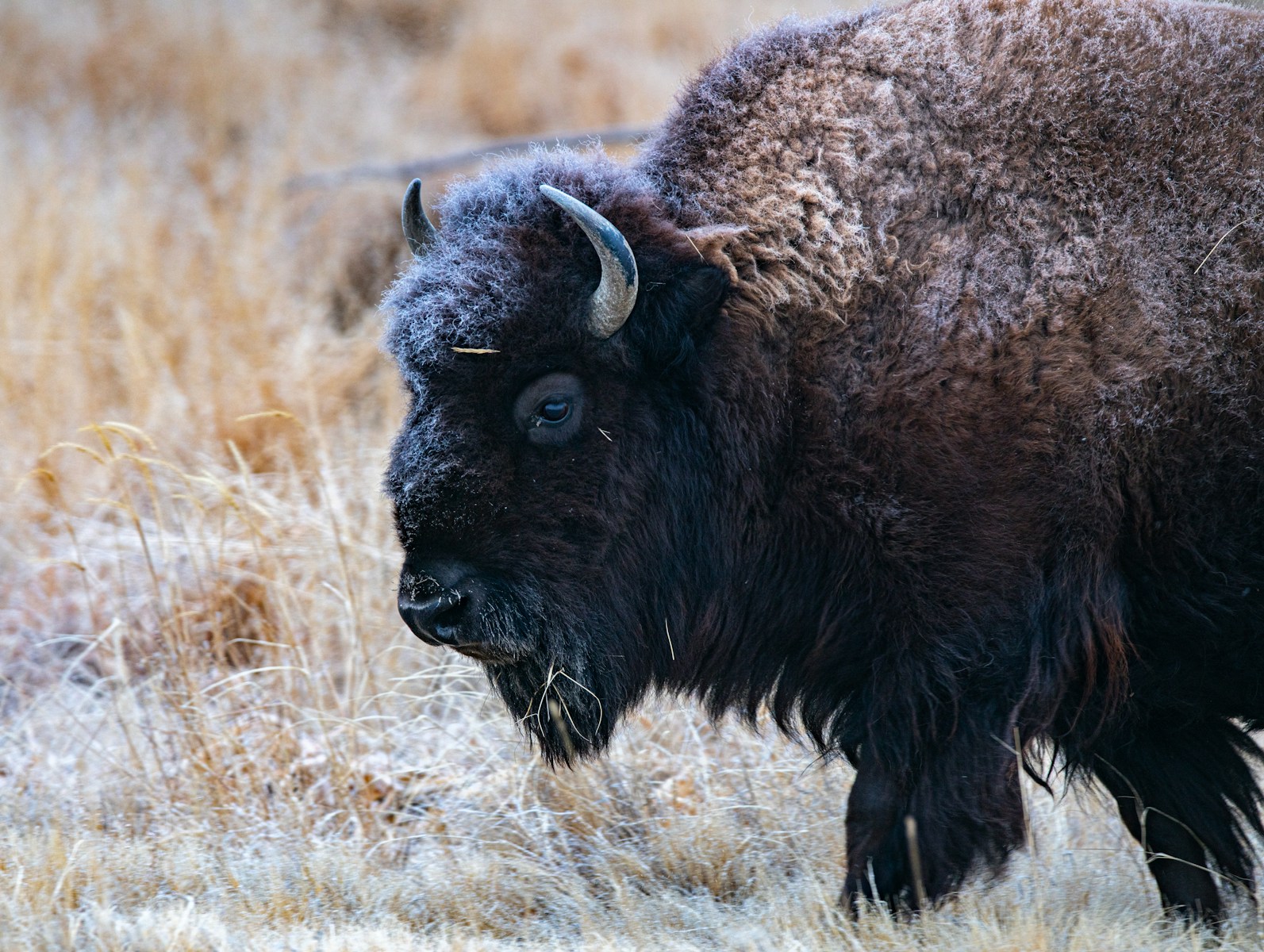When venturing into America’s national parks and wild spaces, visitors often marvel at the majestic bison—powerful symbols of the American frontier that roam the plains with a deceptive air of docility. Despite their seemingly calm demeanor, bison are responsible for more visitor injuries in Yellowstone National Park than any other animal, including predators like bears and wolves. These massive creatures, weighing up to 2,000 pounds and capable of running at speeds of 35 miles per hour, combine surprising agility with immense power—creating a potentially deadly combination for unsuspecting tourists. Understanding the true nature of bison and respecting their wild instincts isn’t just good park etiquette—it could save your life.
The Deceptive Appearance of Bison

Bison often present a misleading image to park visitors, appearing slow-moving and docile as they graze peacefully across meadows. Their woolly coats and gentle grazing behavior can lull visitors into a false sense of security, making them seem more like oversized cattle than wild animals. This misperception is dangerous, as it encourages people to approach too closely for photographs or a better view. Unlike domesticated livestock, bison retain all their wild instincts and unpredictability, with their calm exterior masking lightning-quick reflexes and territorial defensiveness. Their seemingly lethargic movements can transform into explosive charges without warning signs that humans easily recognize, making their placid appearance perhaps their most dangerous attribute.
Surprising Speed and Agility
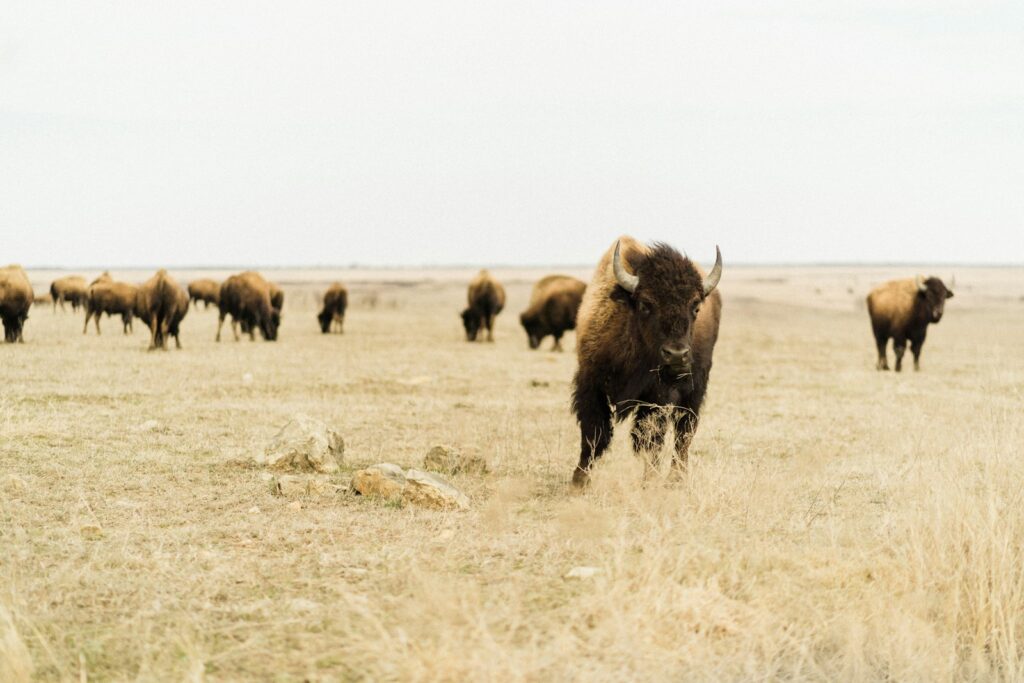
Despite weighing up to a ton, bison can reach speeds of 35 miles per hour—faster than the world’s top Olympic sprinters. This remarkable speed comes with unexpected agility, as bison can pivot quickly and change direction with surprising nimbleness for animals of their size. Their massive heads and shoulders conceal powerful muscles that enable them to leap over obstacles and navigate varied terrain with ease. These physical capabilities mean that visitors cannot outrun a charging bison, contrary to what many people believe upon seeing their bulky frames. The combination of speed, weight, and agility makes bison particularly dangerous when threatened, as they can close distance with a human in seconds, leaving little time for escape.
Unpredictable Temperament
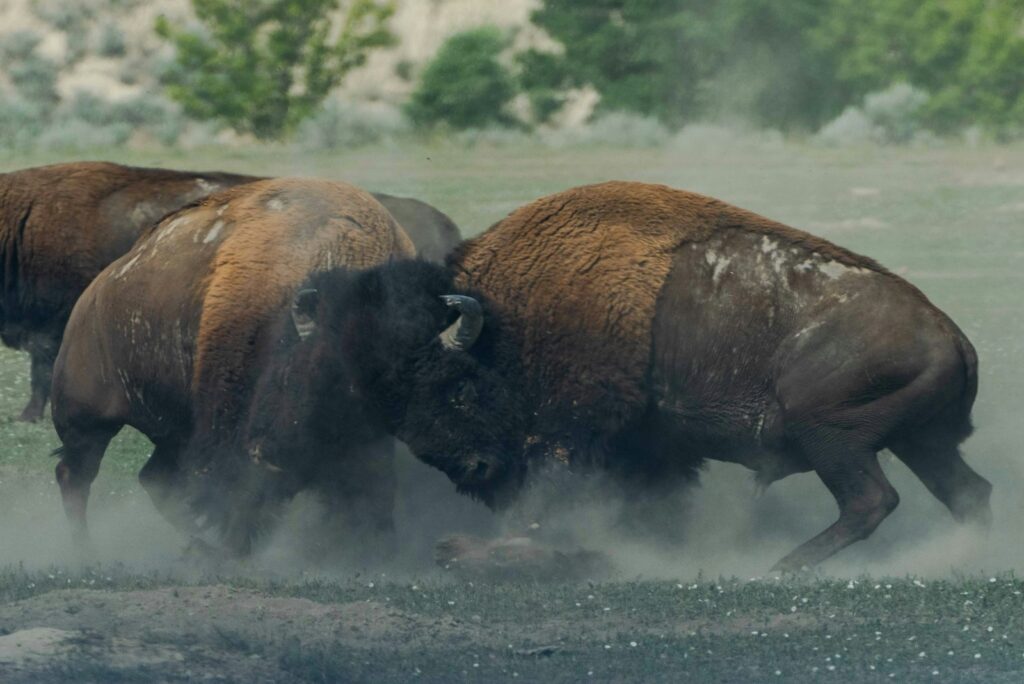
Bison temperament is notoriously difficult to predict, making encounters inherently risky. Unlike predators that typically display warning signs before attacking, bison can switch from calm grazing to aggressive charging with minimal indication. Their triggers aren’t always obvious to humans—what appears to be a peaceful animal might actually be exhibiting subtle stress signals that most visitors wouldn’t recognize. Factors such as the presence of calves, breeding season hormones, or previous harassment by visitors can all influence how a bison might react to human presence. Wildlife experts note that individual bison, like humans, have distinct personalities—some are naturally more aggressive or territorial than others, adding another layer of unpredictability to encounters.
Bison vs. Other Park Dangers
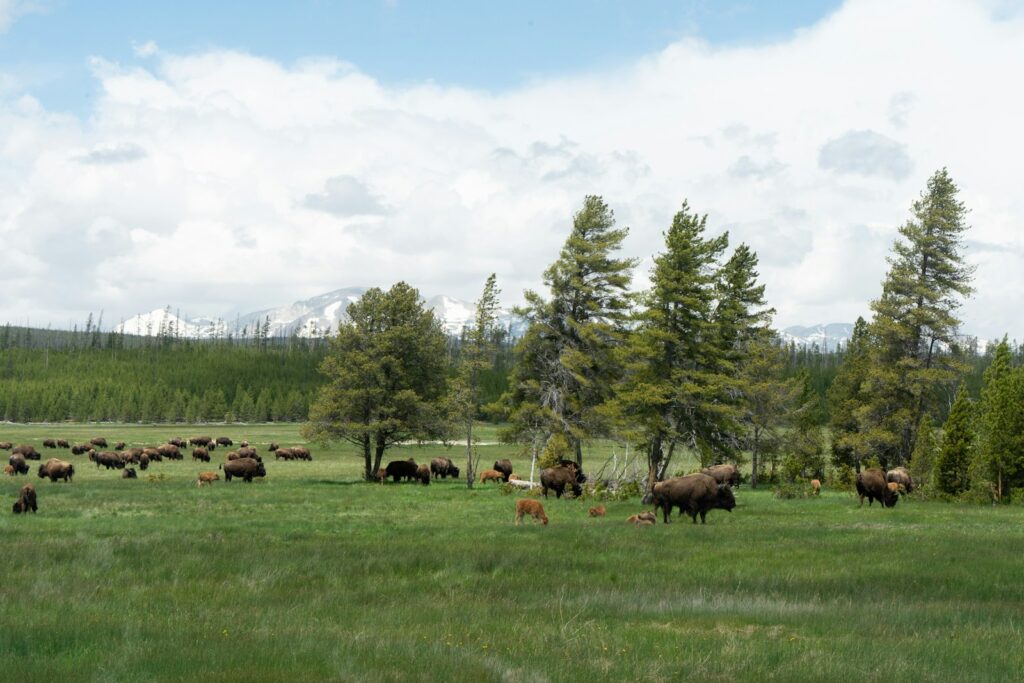
Contrary to popular belief, bison cause more injuries in national parks than bears, wolves, and other predators combined. National Park Service statistics reveal that bison are responsible for more visitor injuries in Yellowstone than any other animal, with dozens of incidents recorded over recent decades. This surprising statistic stems largely from visitor behavior—people typically maintain respectful distances from obvious predators but feel comfortable approaching bison. The consequences of a bison encounter can be severe, including goring from their sharp horns, crushing injuries from their massive weight, or traumatic injuries from being thrown into the air. Unlike predator attacks which are exceedingly rare, bison encounters happen with concerning regularity precisely because visitors underestimate their danger.
Seasonal Factors Affecting Bison Behavior
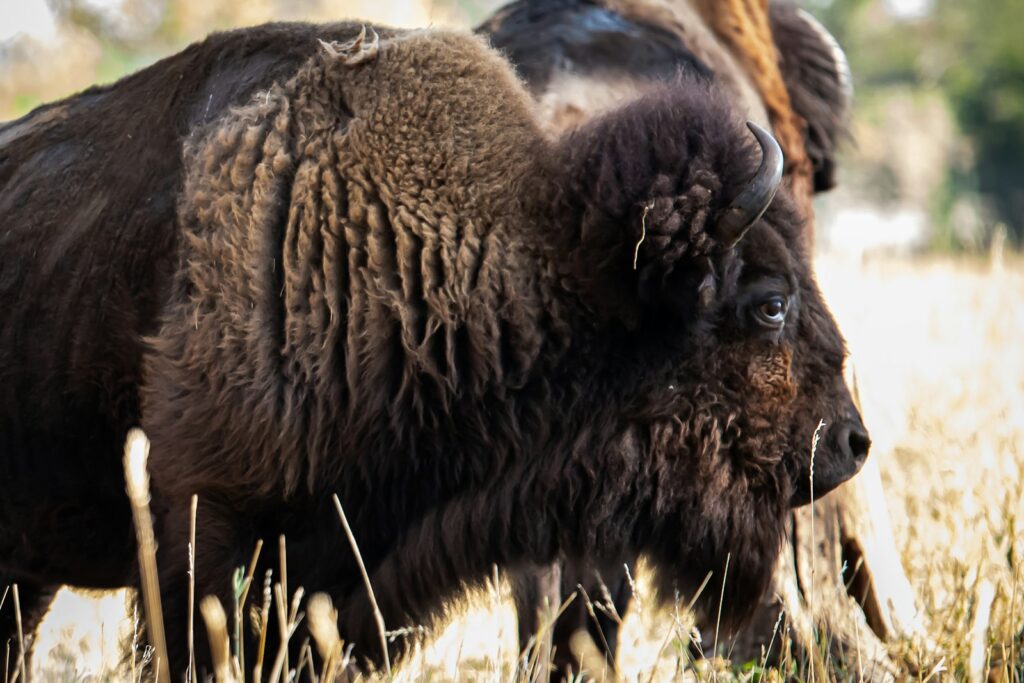
Bison behavior changes dramatically throughout the year, with certain seasons presenting heightened danger to park visitors. During the summer rut (mating season) from July through August, male bison become particularly aggressive as they compete for females, with testosterone levels soaring and normal caution diminished. Spring presents its own dangers, as protective mother bison with young calves are especially vigilant against perceived threats and will defend their offspring aggressively. Winter can create stress due to food scarcity and harsh conditions, potentially making bison less tolerant of disturbances. Understanding these seasonal variations is crucial, as a bison that might ignore humans in one season could charge without provocation during another time of year.
The Proper Distance for Bison Viewing
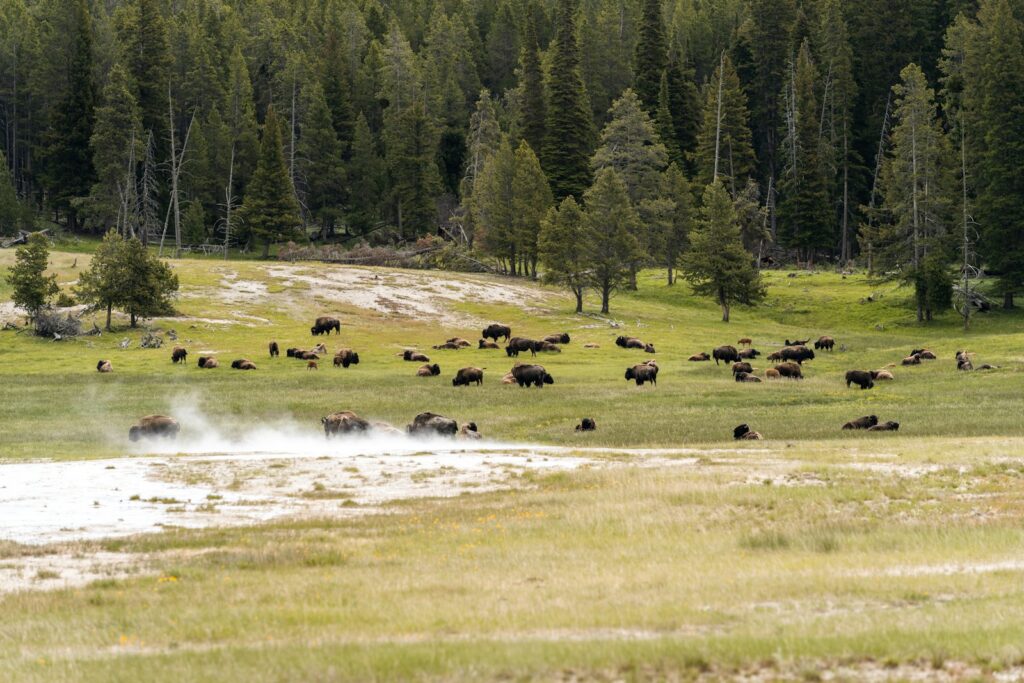
The National Park Service emphatically recommends maintaining at least 25 yards (75 feet) from bison at all times—a distance that surprises many visitors who expect closer viewing opportunities. This minimum safe distance provides both the visitor and the animal with adequate space and reaction time should the bison decide to charge. Professional wildlife photographers use telephoto lenses rather than physical proximity to capture close-up images, a practice all visitors should emulate. The appropriate distance should increase further during sensitive times like calving season or the rut, or when observing bison in confined spaces such as narrow trails or thermal areas. Park rangers emphasize that no photograph is worth risking your safety by encroaching on this minimum distance requirement.
Warning Signs of an Agitated Bison
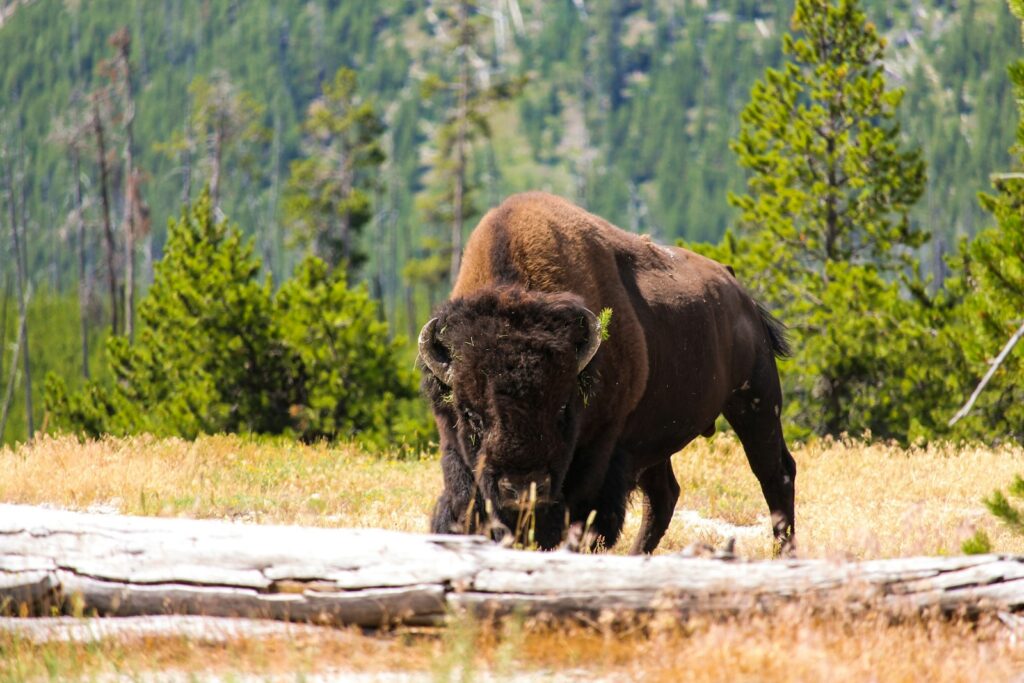
Learning to recognize the subtle warning signs of bison distress can prevent dangerous encounters before they escalate. Tail raising is among the most reliable indicators—when a bison raises and arches its tail, it often signals imminent aggression or charging behavior. Head bobbing, pawing at the ground, or making short bluff charges are all escalating warning behaviors that demand immediate respect and distance. Vocalizations such as snorting, grunting, or bellowing can indicate agitation, particularly when combined with other warning signs. Perhaps most importantly, any bison that stops what it’s doing to stare directly at you is demonstrating awareness of your presence and potential concern—a signal to increase your distance immediately.
What to Do During a Bison Encounter
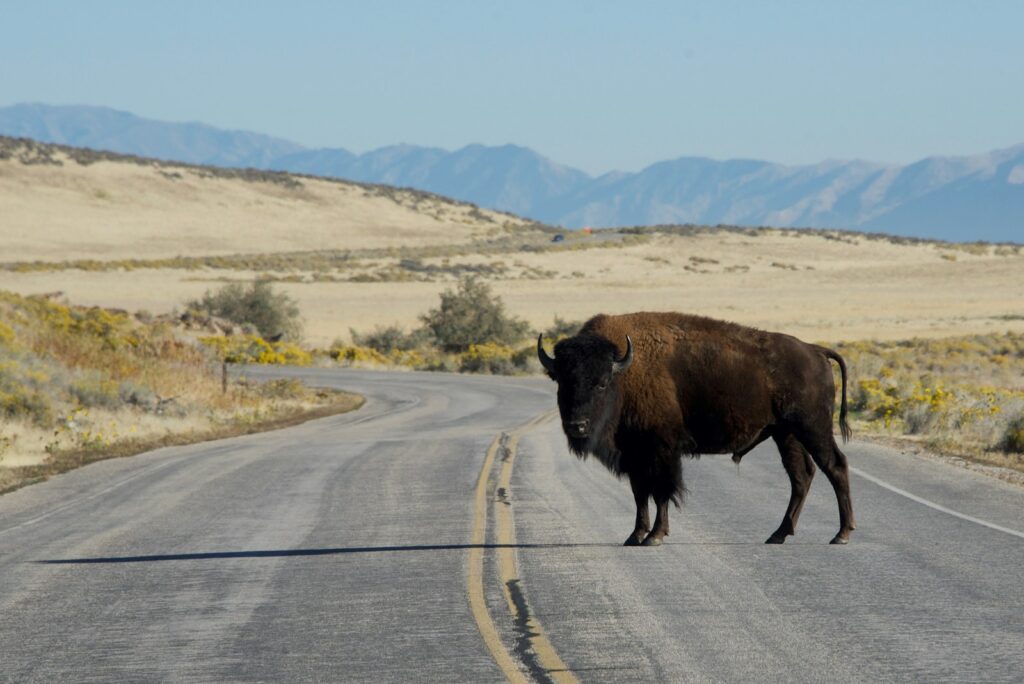
When encountering bison on trails or in open areas, the first rule is to remain calm while assessing the situation carefully. If you inadvertently find yourself too close to a bison, back away slowly without turning your back, maintaining awareness of your surroundings to avoid tripping or backing into another animal. Never run, as this may trigger a predator-prey response and encourage the bison to chase you. If hiking in a group, avoid clustering together in a way that could make the bison feel cornered—instead, spread out to provide the animal with a clear escape route. Should a bison begin to charge, seek immediate protection behind a substantial object like a vehicle or large tree, or if nothing is available, lie flat and still on the ground protecting your head until the animal loses interest.
The Physics of a Bison Charge
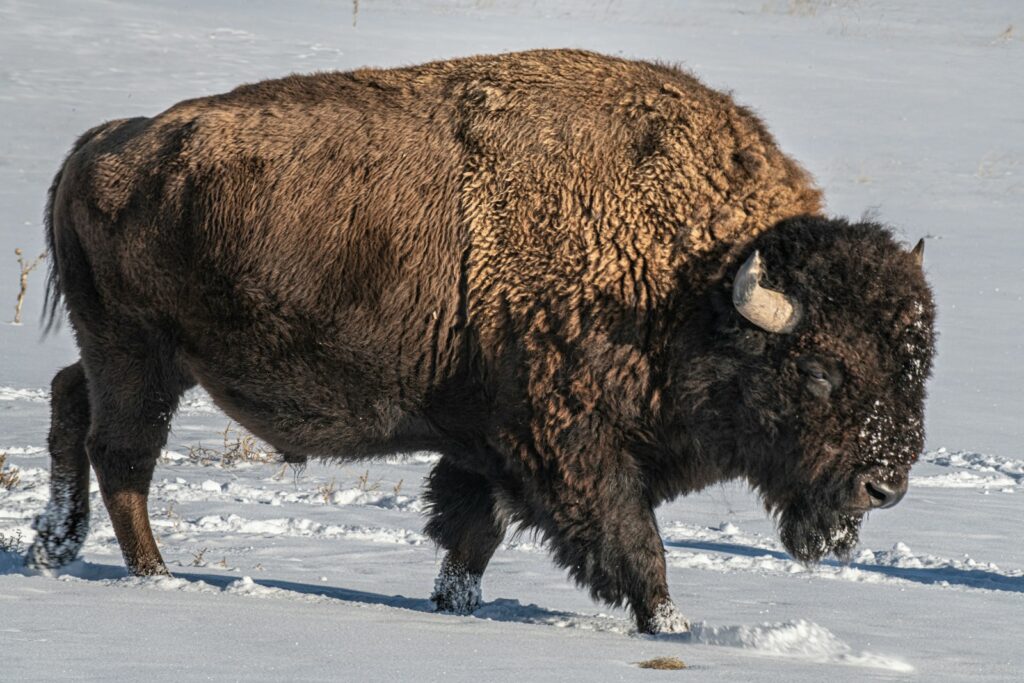
Understanding the devastating physics behind a bison charge helps explain why these encounters are so dangerous. An adult male bison can weigh over 2,000 pounds and charge at 35 mph, generating impact force equivalent to a small car collision. Their horns, which can span up to two feet across, serve as dangerous natural weapons capable of puncturing internal organs or causing massive trauma. When charging, bison typically lower their head to position their horns forward, then use their massive neck muscles to thrust upward upon impact—a motion that can toss an adult human several feet into the air. This combination of mass, speed, and natural weapons means that even a brief contact with a charging bison can result in critical or fatal injuries that require immediate emergency medical intervention.
Photography Safety Around Bison
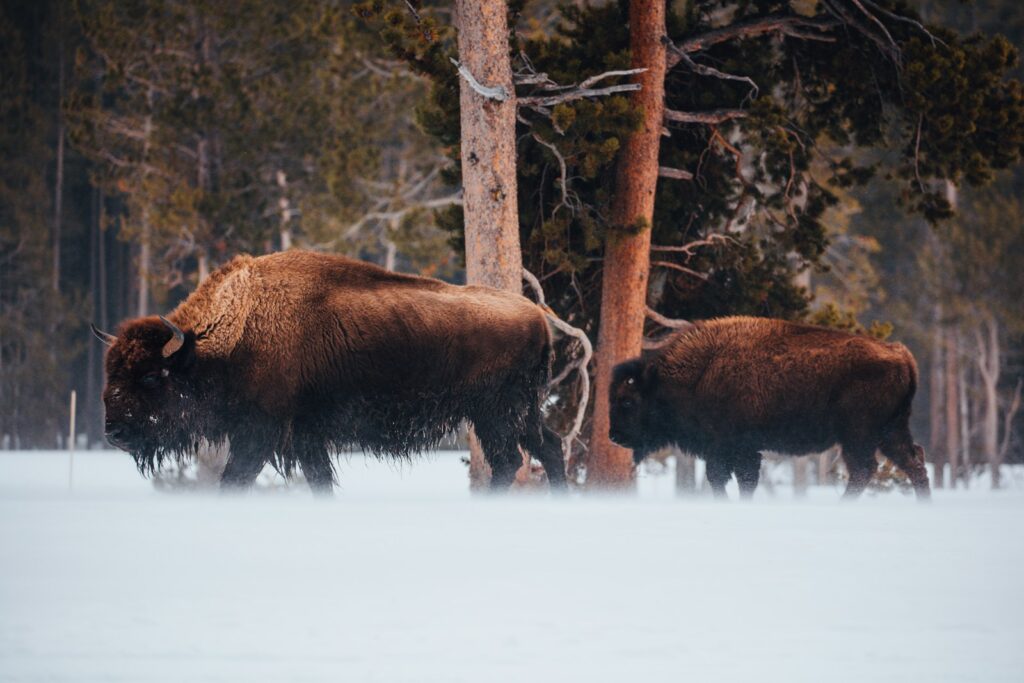
The desire for the perfect wildlife photograph leads to many dangerous bison encounters, as visitors prioritize their shots over safety. Modern smartphone cameras, despite their quality, lack the zoom capabilities needed for safe wildlife photography, tempting visitors to approach too closely. Professional wildlife photographers recommend investing in telephoto lenses (200mm or longer) that allow for detailed images from safe distances. Never use flash photography around bison, as the sudden light can startle them and potentially trigger aggressive responses. Perhaps most importantly, photographers should maintain situational awareness instead of focusing exclusively through their viewfinder, which can create tunnel vision and prevent noticing warning signs of agitation or movement toward you.
Family Safety Considerations
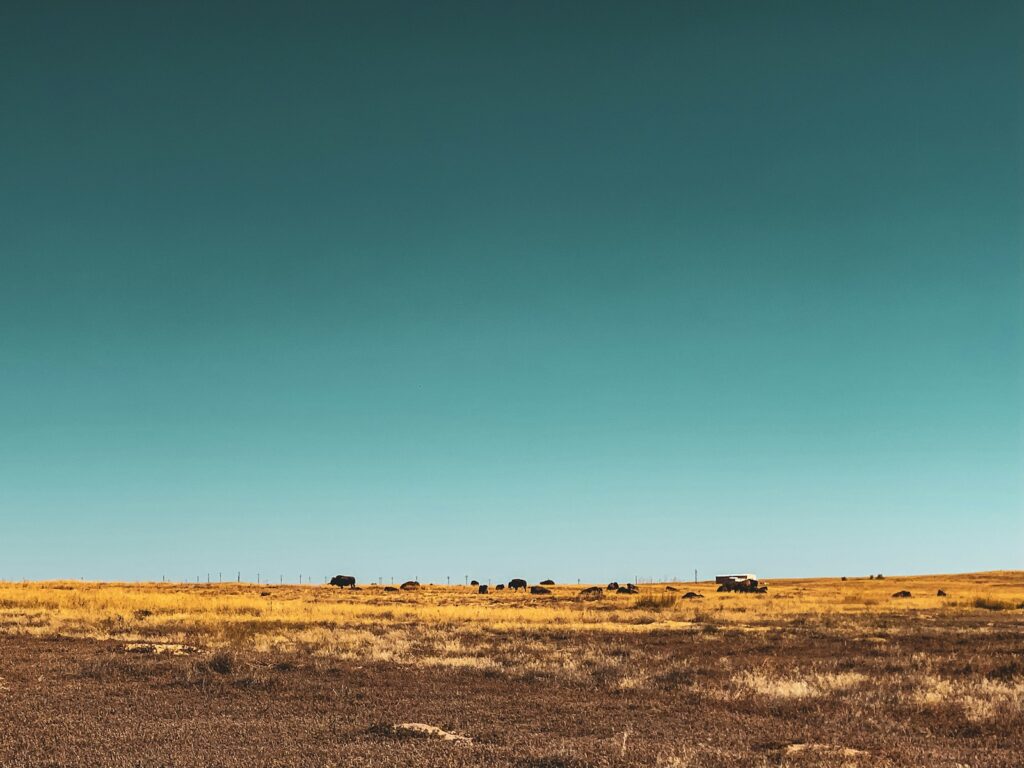
Families with children face special considerations when visiting bison country, as children’s natural exuberance and smaller size create unique risks. Parents should maintain constant supervision of children in bison habitat, holding the hands of very young children to prevent sudden movements toward animals. Before visiting, families should have age-appropriate discussions about wildlife safety, with clear rules established about maintaining distance and following parent instructions immediately around animals. Children should understand that unlike domestic cattle or zoo animals, bison are wild creatures that cannot be approached safely. Family emergency plans should include what to do if separated during a wildlife encounter—with designated meeting points and instructions for children to find park rangers if they become separated from adults.
Legal Consequences of Approaching Bison
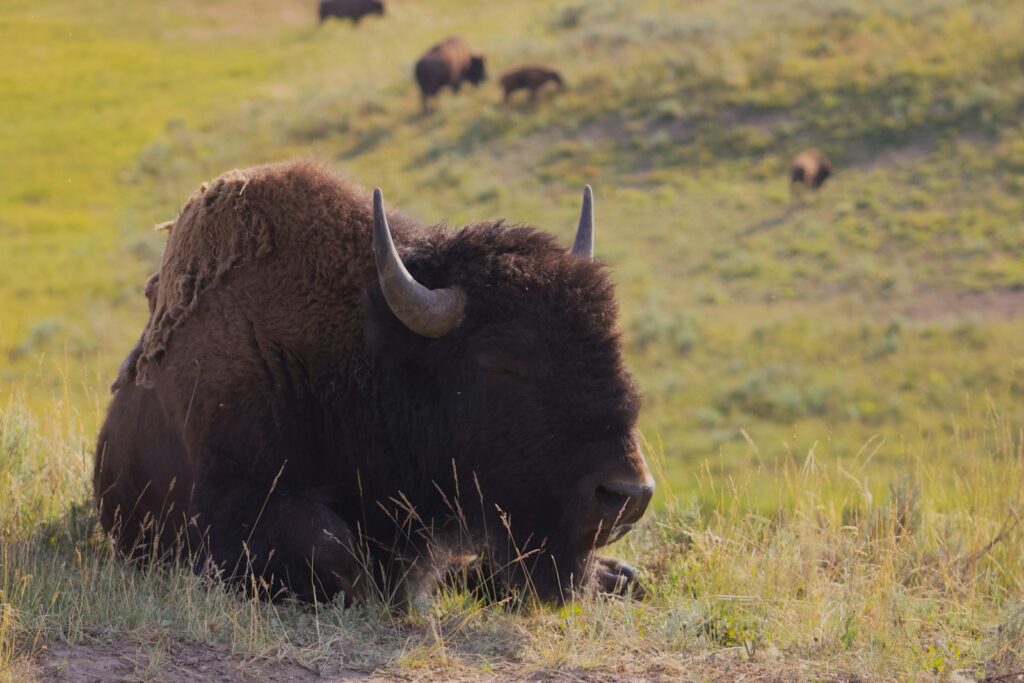
Beyond the physical dangers, approaching bison too closely carries serious legal consequences in national parks and protected areas. Violating wildlife distance regulations is a federal offense in national parks, punishable by fines exceeding $5,000 and potential jail time up to six months for serious cases. Park rangers actively enforce these regulations and frequently issue citations to visitors who approach bison for photographs or attempt to feed them. These legal measures exist not just for human safety, but also to protect bison from the stress and behavioral changes that come with habituation to humans. In cases where visitors are injured after deliberately approaching bison, they may face not only legal penalties but also financial responsibility for rescue operations and medical evacuation costs.
Respecting Wildlife for Future Generations
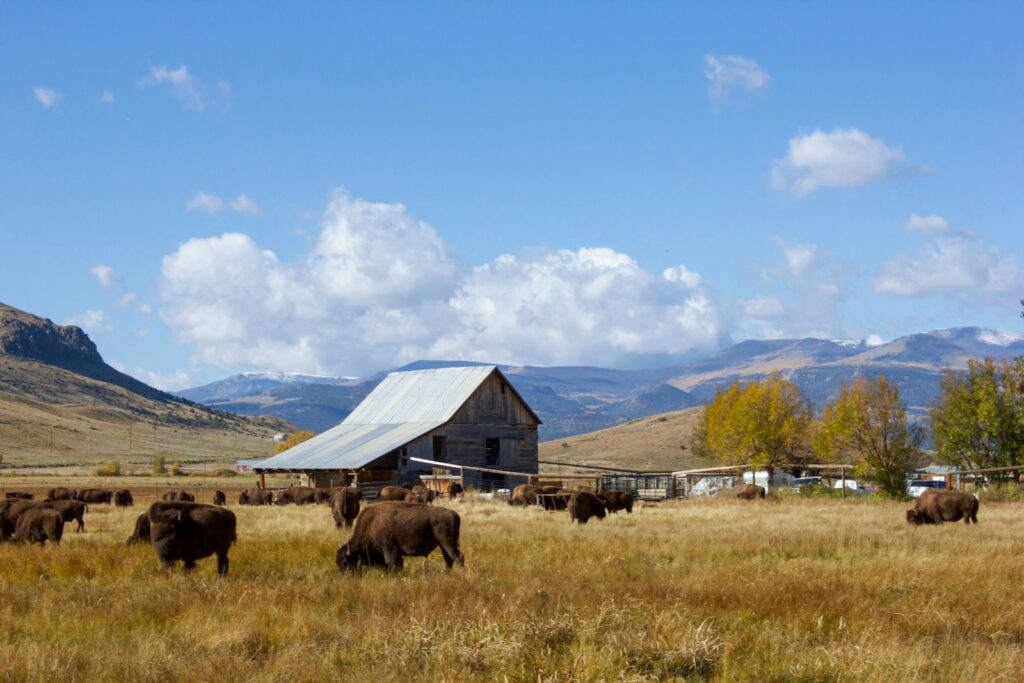
Maintaining appropriate distance from bison isn’t just about immediate safety—it’s about preserving their wild nature for future generations. When visitors approach too closely, bison can become habituated to human presence, altering natural behaviors and potentially leading to more dangerous interactions over time. Wildlife management experts emphasize that truly appreciating these magnificent animals means observing them engaging in natural behaviors undisturbed by human interference. Our responsibility as visitors extends beyond our own experience to ensuring that bison remain wild creatures rather than tourist attractions accustomed to human proximity. By practicing responsible wildlife viewing, we participate in conservation efforts that help preserve the authentic wilderness experience for those who will visit these special places long after us.
Bison are living emblems of the American wilderness—powerful, majestic, and deserving of our profound respect. Their seemingly docile appearance masks remarkable strength, speed, and unpredictability that demand caution from all who share their habitat. By maintaining proper distance, recognizing warning signs, and prioritizing safety over photographs, visitors can enjoy meaningful encounters with these iconic animals while avoiding dangerous situations. The enduring thrill of witnessing bison in their natural environment comes not from proximity but from the privilege of observing these magnificent creatures living freely as they have for thousands of years. Remember that in the realm of wildlife, respecting boundaries isn’t just good manners—it’s essential for ensuring both human safety and the continued wild nature of these irreplaceable national treasures.

